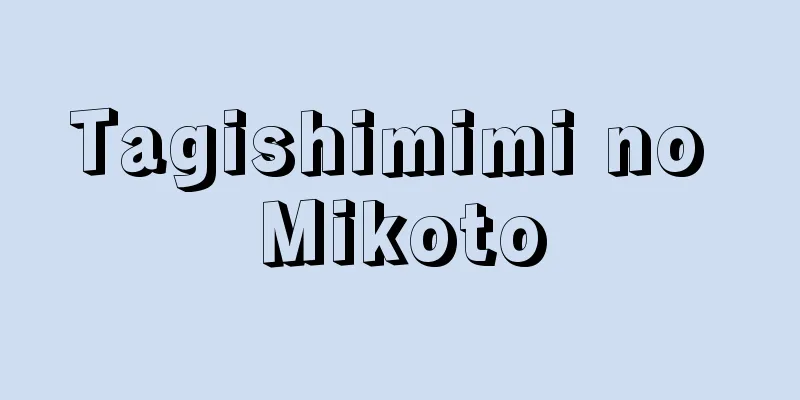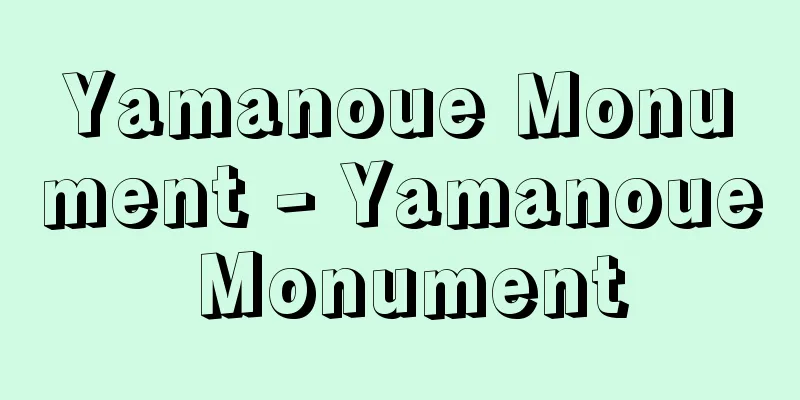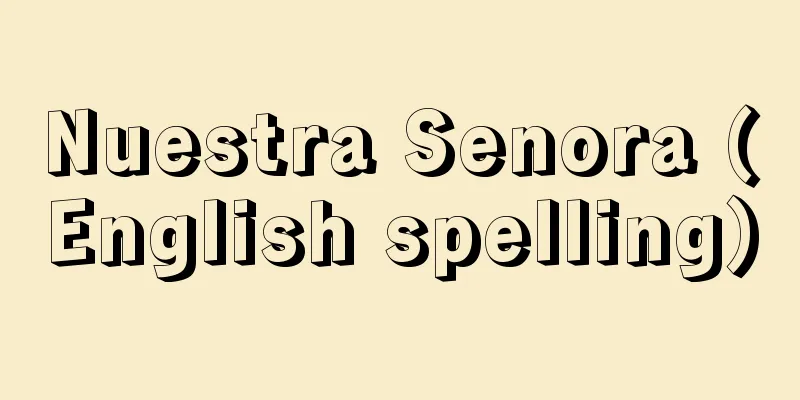Zemstvo (English spelling)

|
A Russian local self-governing organization. The oldest can be found in the 16th century, but it did not have the characteristics of a municipality. Modern zemstvos were established in January 1864 as part of the reforms by Emperor Alexander II. They were based on oblasts and counties and consisted of assemblies and administrative committees. Deputies were elected from the landlords, urbanites, and peasant communities, and were responsible for local administration (management of roads, hospitals, food, education, etc.). As a result, oblasts that introduced the zemstvo system had far superior facilities to oblasts that did not. However, the qualifications for voting were limited, which was advantageous to landlords. Later, laws were issued that were advantageous to landlords, and the number of deputies also came to be dominated by landlord representatives. The number of oblasts that introduced the zemstvo system gradually increased, and by 1914 there were 43 oblasts in European Russia. They continued to be active in education, culture, and social affairs, mainly for landlords and the bourgeoisie, but also demanded a parliament and a constitution. The party was divided into two factions, the right (October Party) and the left (Constitutional Democratic Party), over the October Manifesto of 1905, with the right wing cooperating with the government and the left wing taking a compromise stance. During World War I, the party cooperated with the government, which took a stance of continuing the war. It was reorganized after the February Revolution, but its counter-revolutionary character intensified, and it was abolished by the Bolshevik government at the end of 1917. Source: Encyclopaedia Britannica Concise Encyclopedia About Encyclopaedia Britannica Concise Encyclopedia Information |
|
ロシアの地方自治組織。最も古いものは 16世紀にみられるが,自治体としての特徴はなかった。近代ゼムストボは皇帝アレクサンドル2世による改革の一環として 1864年1月に設けられた。県・郡単位におかれ,集会と行政委員会から成る。地主,都市民,農民共同体のそれぞれから代議員を選出,地方の行政 (道路,病院,食糧,教育などの管理) にあたった。その結果,ゼムストボ制度を導入した県は導入しない県よりも諸施設ははるかにまさるようになった。しかし選挙資格が制限されており,地主に有利であった。その後も地主に有利になるような法令が発布され,代議員の数も地主代表が過半数を占めるようになった。ゼムストボ制度を導入する県は次第に増加し,1914年にはヨーロッパ・ロシア 43県に及んだ。地主やブルジョアジーを中心に教育・文化・社会面での活動を続ける一方,議会と憲法を要求。 05年の十月宣言をめぐり指導者は右派 (十月党) と左派 (立憲民主党) に分裂,右派は政府に協力し,左派も妥協的立場を取った。第1次世界大戦中は戦争継続の立場を取る政府に協力し,二月革命ののち再編成されたが,その反革命的性格は強まり,17年末ボルシェビキ政権によって廃止された。
出典 ブリタニカ国際大百科事典 小項目事典ブリタニカ国際大百科事典 小項目事典について 情報 |
>>: Zemskii sobor (English spelling)
Recommend
Encapsulation - Capsuleka
A technology used in VPNs to realize the concept o...
Law of Octaves
An empirical law regarding the regularity of the ...
attitude
…It is also the name of a dance with slow music t...
Foreign official - Gaikokukan
〘Noun〙 In the early Meiji period, this was an offi...
Wilkins, C.
…In 1783, the British judge W. Jones (1746-94) wa...
Yakumo [Village] - Yakumo
A village in Yatsuka County, eastern Shimane Prefe...
1st class architect examination
...Since design and supervision are the main task...
Pfahler, G.
...Personality studies were established as an aca...
Spree (River) (English spelling)
A left bank tributary of the Havel River in easter...
Illness - illness
In medicine, illness is often defined as "di...
Rikukyuen
A thinker from the Southern Song Dynasty in China...
component stereo system
...This distortion is called intermodulation dist...
Kouzuki [town] - Kouzuki
A former town in Sayo District, western Hyogo Pref...
Lebesgue integral - Lebesgue integral
The integrals that usually appear in calculus tex...
Sheng Mao (English spelling)
A professional painter in the Yuan Dynasty, China,...









